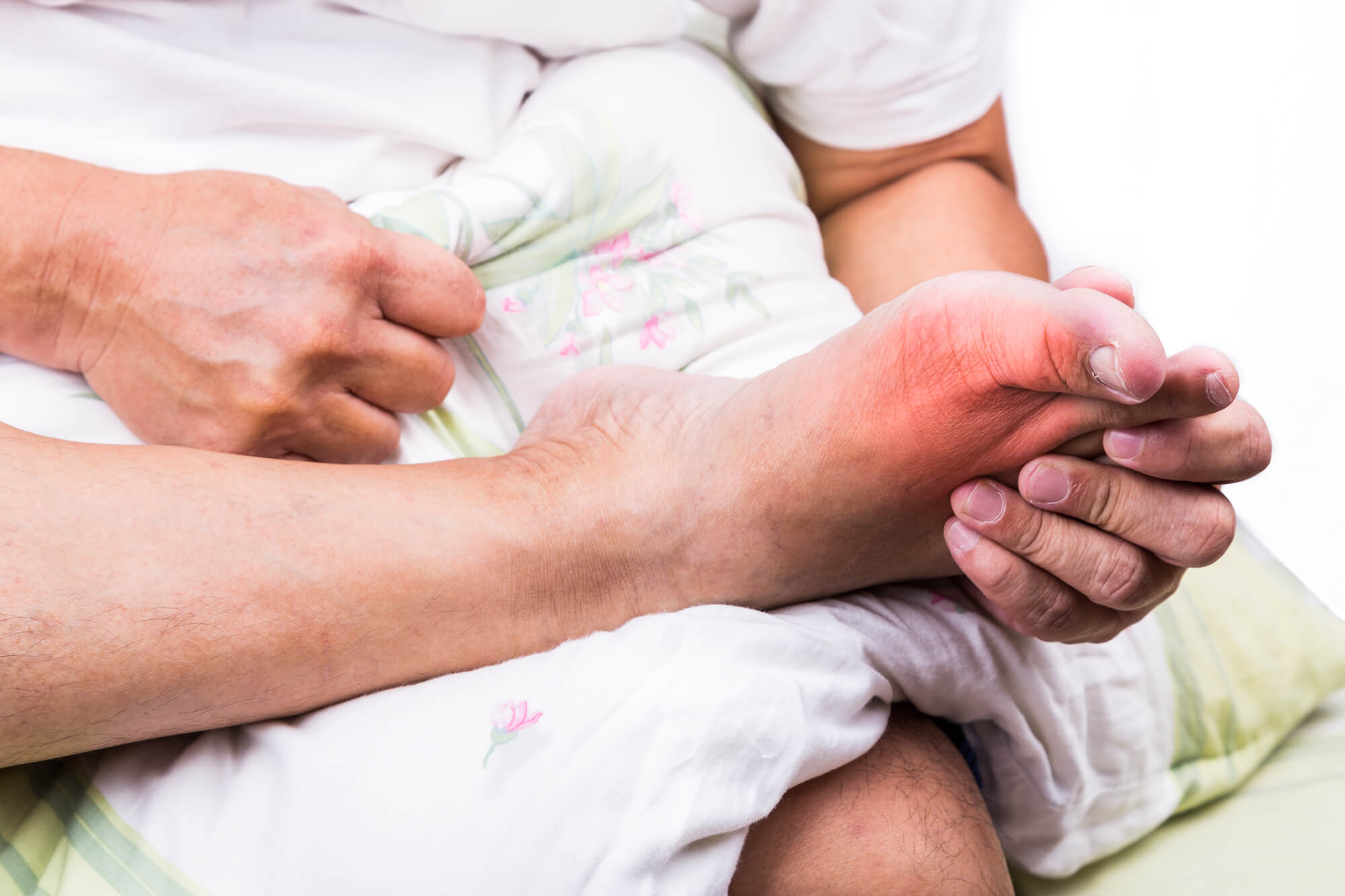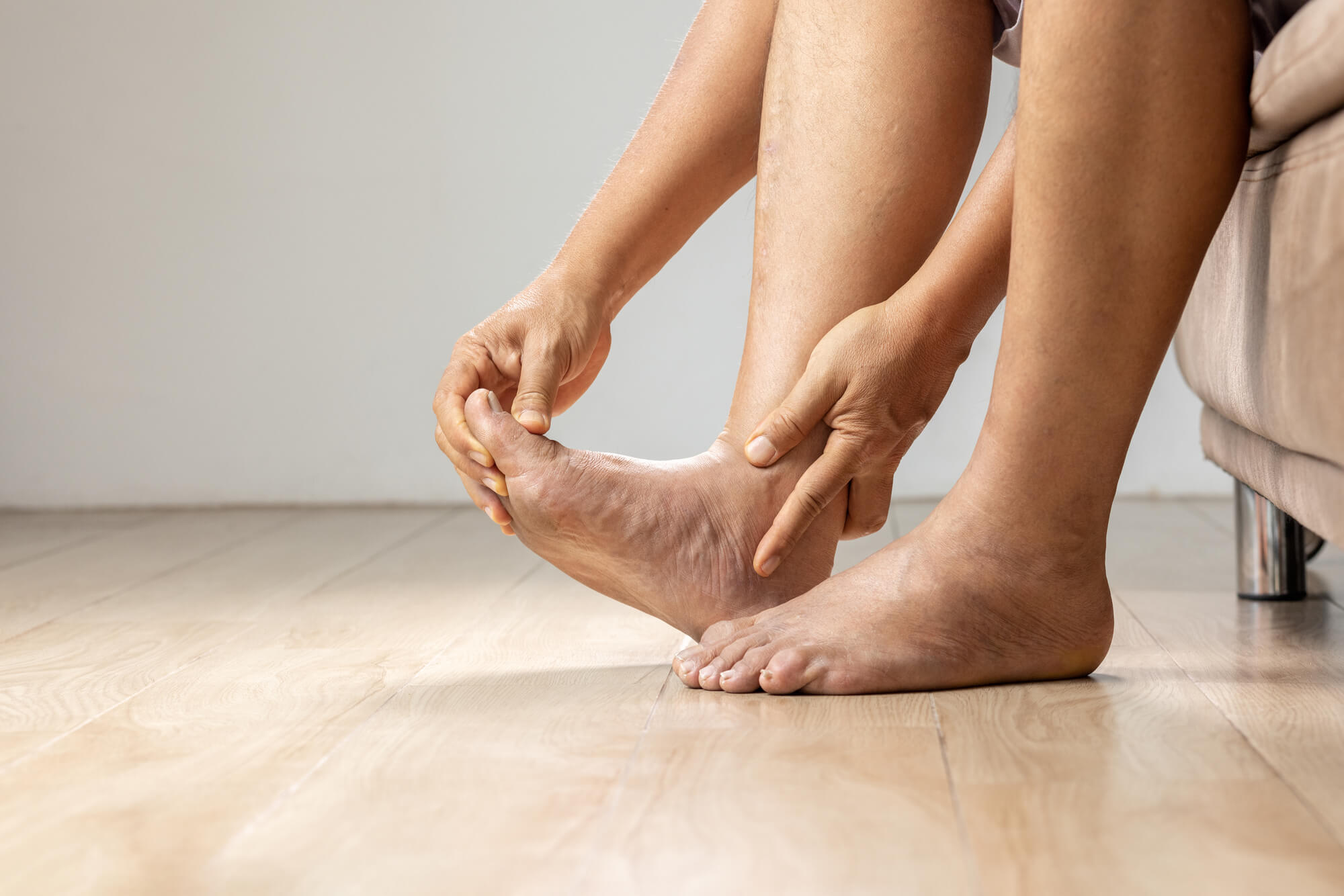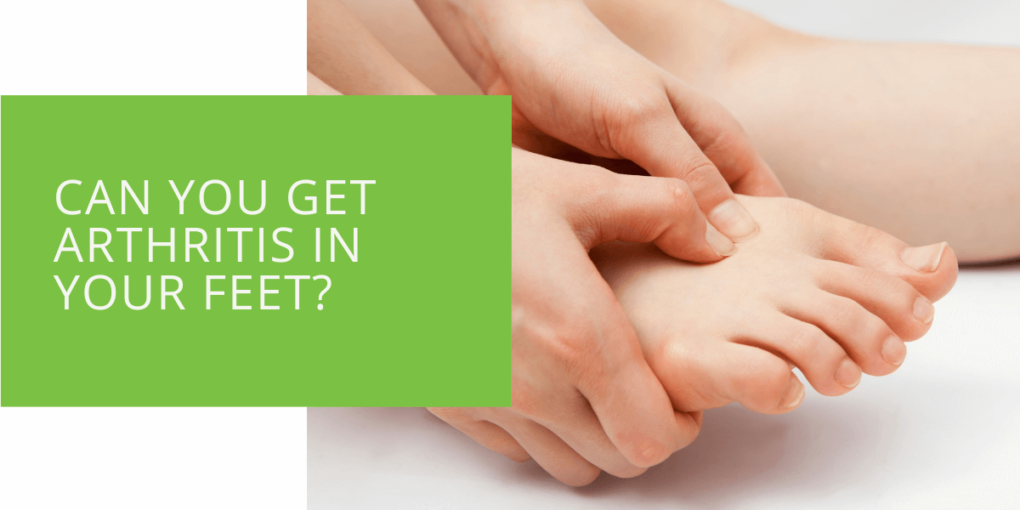Can You Get Arthritis in Your Feet?
Can you get arthritis in your feet? The answer is yes. Arthritis is a common condition that affects millions of people worldwide. It can affect any joint, including your foot or ankle joints. Arthritis is a disease that causes pain and swelling in the joints, and it can be debilitating if left untreated. This article will discuss the different types of arthritis that can affect your feet and ankles, their symptoms, causes, and treatment options.
What Is Arthritis?
Arthritis is a medical condition that causes inflammation and stiffness in the joints. There are different types of arthritis, and it can affect people of all ages. Arthritis can cause pain, swelling, and difficulty moving the joints. It can also cause damage to the soft tissues and bones that make up the joint.
Types of Arthritis That Can Affect Feet
Osteoarthritis
Osteoarthritis is the most common type of arthritis that affects the feet and ankles. It is caused by wear and tear on the joints over time. Osteoarthritis can affect any joint, including the big toe, ankle joint, and heel. It occurs when the cushioning cartilage in the joint breaks down, causing the bones to rub together. This can cause pain and stiffness in the joint.
Rheumatoid Arthritis
Rheumatoid arthritis is an autoimmune disease that can also affect the feet and ankles. It occurs when the immune system attacks the lining of the joints, causing inflammation and swelling. Rheumatoid arthritis can affect any joint, including the foot or ankle joints. It can cause pain, stiffness, and deformity in the joint.
Gout
Gout is arthritis that can cause sudden, severe pain in the joints. It occurs when uric acid crystals build up in the joint, causing inflammation and swelling. Gout usually affects the big toe joint but can also affect the ankle joint.

Psoriatic Arthritis
Psoriatic arthritis is a type of arthritis that can affect people with psoriasis. It can cause pain, stiffness, and swelling in the joints, including the foot and ankle. It can also cause damage to the soft tissues and bones in the joint.
Ankylosing Spondylitis
Ankylosing spondylitis is a type of arthritis that affects the spine and can also affect the foot or ankle joints. It can cause pain, stiffness, and difficulty moving the joint. Ankylosing spondylitis can also cause bony growths or spurs to develop in the joint.
Symptoms of Foot Arthritis
The symptoms of arthritis in the foot or ankle joint can vary depending on the type of arthritis you have. However, some common symptoms include the following:
- Pain and stiffness in the joint
- Swelling and redness around the joint
- Limited range of motion
- Deformities in the joint
- Difficulty walking or standing
- Numbness or tingling in the foot

Risk Factors for Arthritis in Your Feet
Certain factors can increase your risk of developing arthritis in the foot or ankle joint. Some of these risk factors include:
- Age: Arthritis is more common in older adults.
- Gender: Women are more likely to develop arthritis than men.
- Family history: If you have a history of arthritis, you may be more likely to develop it.
- Previous injuries or trauma: If you have injured your foot or ankle joint in the past, you may be at higher risk.
- Obesity: Excess weight can put more pressure on your foot or ankle joints, increasing your risk of developing arthritis.
Diagnosis of Arthritis in the Feet
If you are experiencing symptoms of arthritis in your foot or ankle, you should see a podiatrist for an evaluation. Your podiatrist will conduct a physical examination and ask about your symptoms and medical history. They may also recommend imaging tests, such as X-rays or an MRI, to better look at the joint and assess the extent of the damage. Blood tests may also rule out other causes of joint pain and inflammation.

Treatment of Arthritis in the Feet
The treatment options for arthritis in the feet and ankles will depend on the type and severity of your condition. Some common treatment options include:
Medications
Your podiatrist may recommend medications to help manage your symptoms, such as pain relievers, anti-inflammatory drugs, or disease-modifying antirheumatic drugs (DMARDs).
Physical Therapy
Physical therapy can help improve the strength and flexibility of the joint, reduce pain and inflammation, and improve your overall mobility.
Assistive Devices
Your podiatrist may recommend using assistive devices, such as orthotics or braces, to help support the joint and reduce pain.
Surgery
In severe cases, surgery may be necessary to repair or replace the damaged joint. Your podiatrist will discuss your options with you and determine the best course of treatment based on your individual needs.

Prevention of Arthritis in the Feet
While it may not be possible to prevent all types of arthritis, there are steps you can take to reduce your risk of developing arthritis in your foot or ankle joints. Some of these steps include:
Maintaining a Healthy Weight
Excess weight can put more pressure on your foot or ankle joints, increasing your risk of developing arthritis. Maintaining a healthy weight can help reduce your risk.
Wearing Proper Shoes
Wearing shoes that fit well and provide adequate support can help reduce the risk of foot and ankle injuries that can lead to arthritis. Avoid wearing high heels or shoes that are too tight or too loose.
Exercising Regularly
Regular exercise can help keep your joints healthy and reduce the risk of arthritis. Low-impact exercises, such as swimming, cycling, or yoga, are ideal for people with arthritis.
Conclusion
Arthritis can affect any joint, including the foot or ankle joints. If you are experiencing symptoms of arthritis in your feet or ankles, it's important to seek professional help. Your podiatrist can diagnose the type and severity of your condition and recommend the best course of treatment to help manage your symptoms and improve your overall quality of life. With early diagnosis and treatment, arthritis in your feet or ankles can be managed, and you can continue to enjoy an active, healthy lifestyle.

